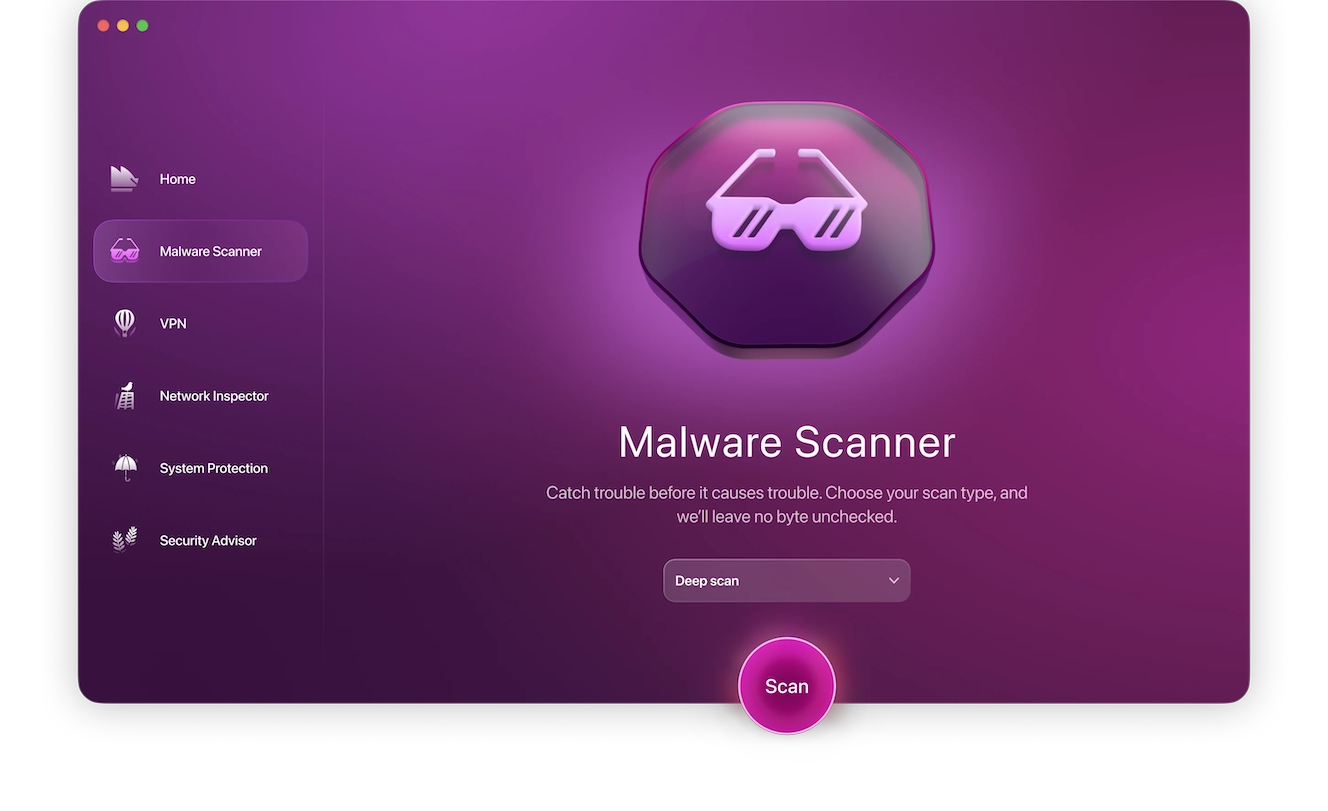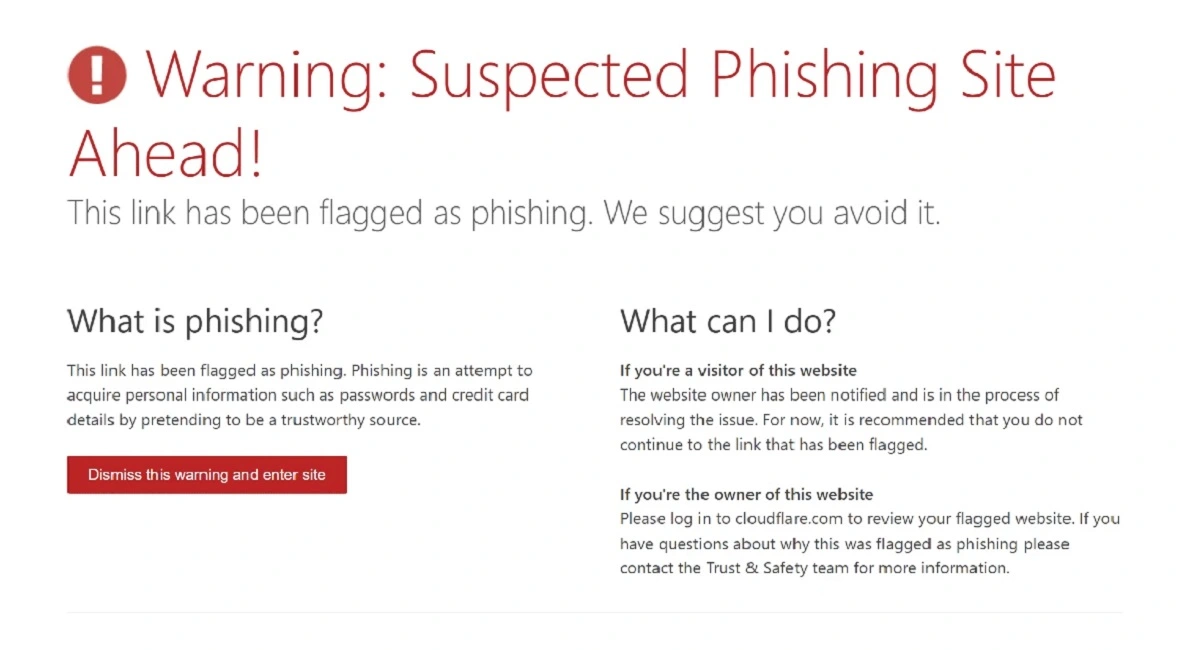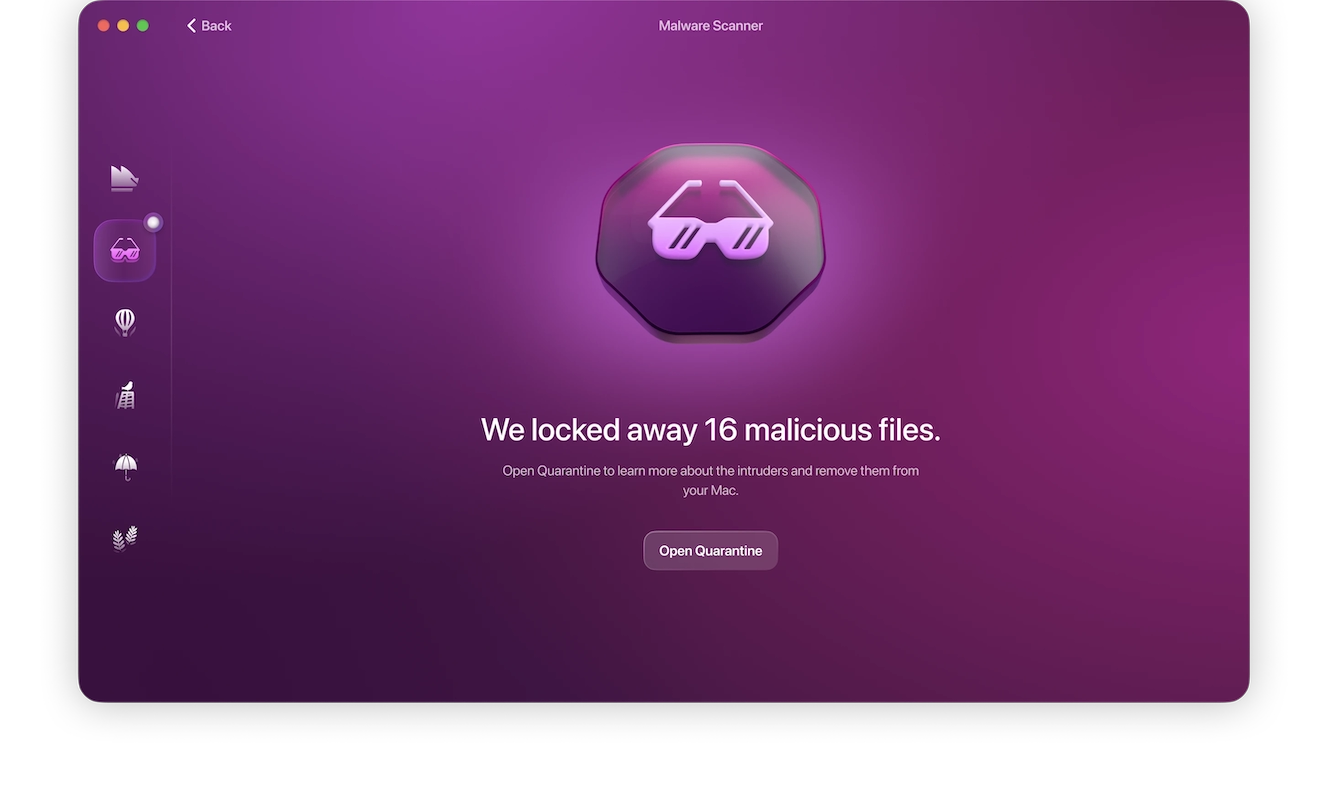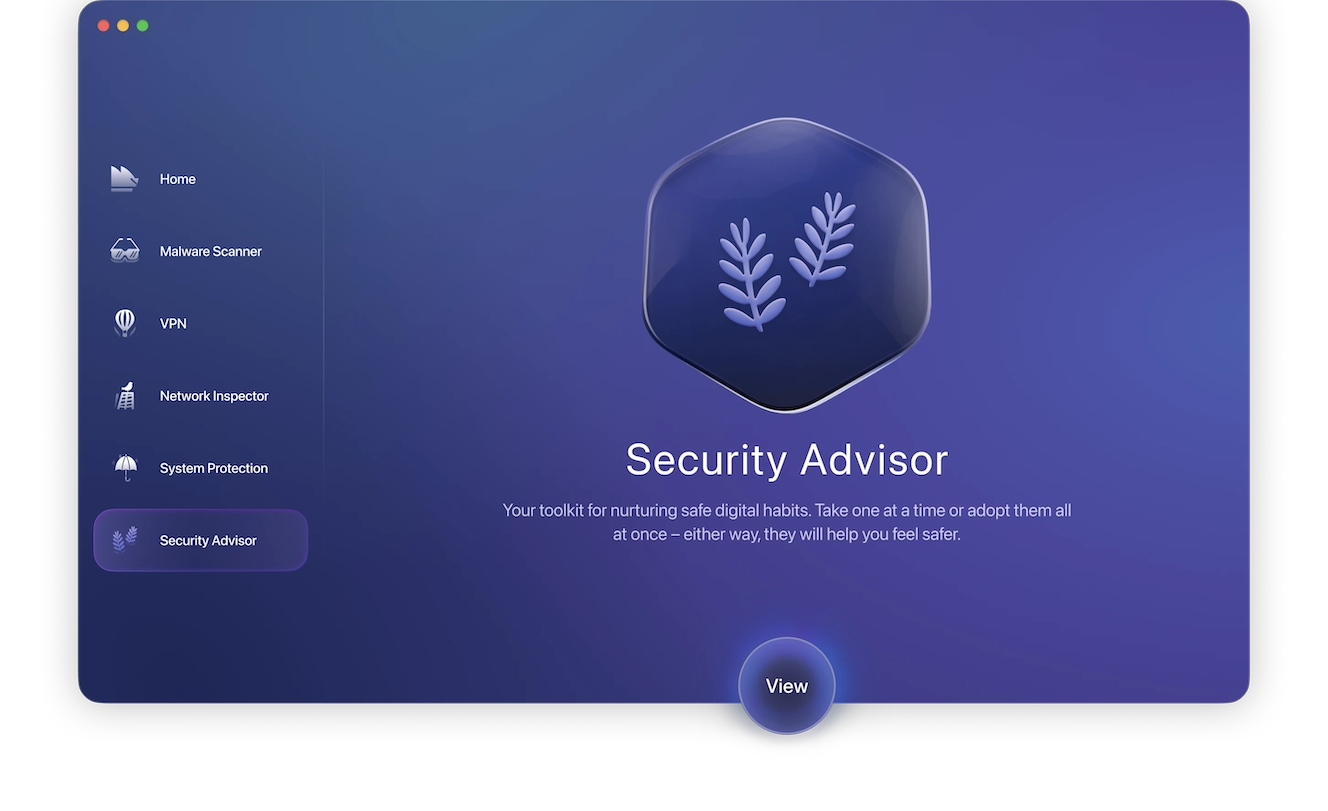As cyberattacks become more sophisticated and occur more often, it’s becoming ever more important to improve your information security practices. This involves using first-rate software solutions while also optimizing the human element of digital security.
Creating a human firewall means ensuring everyone on a network or system practices good cybersecurity techniques. This is crucial for keeping your network, devices, and accounts safe. Read on to find out how to do so.
What is a human firewall?
A firewall is a system that monitors and restricts internet traffic in a network, preventing cybersecurity attacks. It’s like a shield that deflects bad network traffic and permits good network traffic. The ultimate goal of a firewall is to prevent cybersecurity attacks.
The term “human firewall” is a term used to describe when people perform the same function as a firewall, acting to prevent cybersecurity attacks. A human firewall, literally a firewall made of one or more humans, is a person or a group of people who adhere to cybersecurity best practices to keep their network and systems secure.
Human firewall examples
Here are some examples of how a human firewall might work in action, based on our previous human firewall definition:
- Digital awareness vs. phishing: People on a network should remain aware and vigilant, ensuring that they don’t click on any links or download any attachments from suspicious emails to help prevent phishing attacks. This is the best example of a human firewall because it’s the most common.
- 2FA vs. account hacks: If all people on a network use 2-factor authentication (2FA), it’s much less likely that any of their accounts will be hacked. If someone’s login information is breached, the attacker still shouldn’t be able to access their account because they won’t have access to the target’s 2FA token or code.
- Physical awareness vs. tailgating: Tailgating is when someone physically follows you into a restricted building or area to gain unauthorized access. Having good physical awareness should prevent this because it means accounting for your surroundings and not allowing anyone to follow close behind you.
Why is human firewalling important in cybersecurity?
Human firewalling is only becoming more important as time goes on and cybersecurity attacks grow increasingly sophisticated and more common. Here are some reasons why it’s is important:
- Tech can’t catch everything: Hardware and software protections are very good at what they do, but they can’t catch everything. A company’s software security system, for example, can do little about employees willingly opening nefarious files from suspicious emails. And it won’t be able to prevent someone from giving physical access to their devices. A solid human firewall, on the other hand, will prevent these kinds of attacks.
- Strengthen the weakest link: A security system is only as good as its weakest link. You can have the best, most up-to-date software firewall in the world, but if your human firewall is weak, you’re still vulnerable to attacks.
- Protect others: Human firewalling isn’t just about protecting your own data and devices. It’s also usually about protecting the data and devices of others, such as your coworkers. A workforce that acts together to form a strong human firewall is hard to exploit.
- Stay ahead of the curve: Technology is always evolving. Unfortunately, this means hacking techniques are always evolving, too. Human firewalls can keep you ahead of the curve by acting as a line of defense that is impervious to the latest technological developments. No matter how great a password cracker is, for example, if everyone uses 2FA, the attacker still won’t be able to log in.
What can human firewall culture protect against?
Building a workplace or home culture that adheres to cybersecurity best practices protects against several types of cybersecurity attacks. Here are some of the most common attacks that a human firewall protects against.
Phishing attacks
The most obvious attack a human firewall can prevent is a phishing attack. Phishing is when someone sends you a message (usually over email) pretending to be a person, company, or institution you trust. They try to get you to click a link and enter your personal information, download malware, or take a similar sort of action.
These attacks are common and can compromise data and accounts. A human firewall can prevent this by ensuring that all users on a network or system watch out for phishing emails and don’t click on any links or download attachments from them.
Malware
Malware (malicious software) can be a real threat to device security and data. If malware gets onto one of your devices, it can log what you type, discover passwords for your accounts, and steal your data. A human firewall can prevent this from happening by ensuring that all users on a network or system only download files from trusted sources.
It can also lessen the impact, should malware find its way onto a system. For example, if malicious software has recorded your login information, an attacker still shouldn’t be able to log in with this information if you use 2FA.
You also need to conduct regular malware scans on your device to catch anything bad before it’s able to do any damage. Tools like Moonlock can find, isolate, and remove malware from your device through scheduled or on-demand scans using Scan Planner.

Data theft or loss
Data can be stolen in any number of ways: from malware, hacking, physical theft, etc. A strong human firewall can make some of these attacks more difficult to perform. For instance, logging out of devices when you leave them can prevent in-person snooping, and using strong passwords for your data storage accounts can help prevent them from being cracked.
Data can also be lost, for instance, by losing a thumb drive, accidentally deleting it, or breaking a storage drive. A strong human firewall should prevent this by ensuring that all important data is securely backed up, ideally in a different location for redundancy to prevent a single point of failure.
Pretexting
Pretexting is when an attacker makes up a story to gain your trust and get you to give away your information or give them access to your network, system, or device.
One attacker’s pretext, for example, might be to lie and claim that they’re your boss contacting you via a different email address because they’ve been locked out of their main account. They might then tell you to send them some important information that they need to look over.
A strong human firewall can prevent pretexting by having rules in place that tell everyone on the network or system exactly what information they can share and with whom. You can also be trained on how to spot these kinds of pretexting attacks to better avoid them.
The 5 human firewall traits
There are several overlapping traits that make for a good human firewall. If you encourage the following 5 traits collectively in the users of a network or system, that network or system should be more secure.
1. Awareness
Consistent awareness, or vigilance, is crucial for a strong human firewall. For example, being aware of your physical surroundings can prevent in-person snoopers, keeping track of your devices can prevent data theft, and noticing strange outgoing messages can tip you off to a compromised account.
2. Thoughtfulness
Simply taking the time to think things through can sometimes make the difference between a safe action and a security compromise. For example, taking the time to consider all elements of an email, such as the subject line, the sender’s email address, and the grammar of the body text, can help you assess whether it’s a legitimate email or a phishing attempt.
3. Proactivity
Proactivity is essential for a strong human firewall because some cybersecurity attacks rely on passivity. For instance, a hacker might gain access to a particular device but not yet have access to some accounts on that device. A proactive human firewall would report and investigate any suspicious device behavior, and this could result in the hacker being booted off the system before any real damage is done.
4. Rule following
Rules — and adherence to those rules — are necessary for a strong human firewall. Without rules, different users of a system or network might adhere to their own security practices, which could complicate and confuse responses to security incidents. If everyone’s sticking to the same guidelines and actually following them, it should be easier to spot security threats and deal with them efficiently.
5. Adaptability
Adaptability is important for a strong human firewall because digital threats are always evolving. Security practices that worked 5 years ago might not be enough now that more sophisticated hacking techniques exist. For example, in the past, 2FA wasn’t considered as essential for many organizations’ security as it is today. Now, 2FA is a requirement for many more employees around the world.
How to act as a human firewall
Here are some quick and easy ways to act as a human firewall and improve your network, account, and device security.
1. Get cybersecurity 101 training
The key to a good human firewall is ensuring that you use correct and up-to-date cybersecurity best practices. It’s also important to have everyone on the same page, adhering to the same rules and practices.
Cybersecurity 101 training can teach you all you need for this. It doesn’t have to take a long time or be a chore, either, because you can use a digestible, fun course such as Moonlock’s Cybersecuritoons series.
2. Spot and avoid phishing scams
Falling for a phishing scam is the most common way for an account, network, or system to be compromised and for personal information to be stolen. Thankfully, it’s also one of the easiest attacks to prevent. Therefore, learning how to identify phishing scams and avoid them is crucial.
Pay close attention to a sender’s email address or phone number, and ensure that all links lead to official websites before you click on them.

3. Keep your devices secure
A strong human firewall means completely secure devices, both digitally and physically. Keep your devices on your person or in close proximity at all times, especially when they’re turned on and logged in. It also means keeping devices locked up and password-protected when not in use.
4. Use 2FA
Using 2-factor authentication (2FA) or multi-factor authentication (MFA) is a quick and easy way to greatly improve your human firewall. Enabling it means that you’ll require a hardware token, a secondary application code, or a text message verification code to log in, adding another layer of security in addition to your password. You should enable this for all important accounts for maximum security.
5. Keep your software up-to-date
Another quick and easy way to improve your human firewall is to ensure that all your software is up-to-date. Most devices — including Macs, iPhones, Androids, and Windows PCs — let you enable automatic updates. Make sure you have this setting enabled to keep your devices protected. This can be especially important for preventing zero-day attacks (attacks that exploit newly discovered vulnerabilities) because software companies will roll out updates to protect against these attacks when they learn about them.
6. Keep secure data backups
Securely backing up your data is essential for a strong human firewall. While ideally, you would never lose your data at all, this can’t be guaranteed, and it’s better to be safe than sorry. Regularly backing up your data to a secure location ensures that if anything happens to it, all is not lost.
7. Keep your devices free from malware

If you suspect you have malware on your device, then standard security measures might not be enough to fix the issue. You’ll instead need a tool to reliably remove all traces of malware from your device, and Moonlock is your best option. Here’s what you can do:
- Get your free trial here.
- Open the Moonlock app.
- Click Malware Scanner from the left sidebar.
- Choose Quick, Balanced, or Deep scan.
- Click the Scan button.
Moonlock will search through your entire Mac, looking for suspicious or malicious activity. If it finds anything, it’ll quarantine it in order to safely remove it from your device. It’s best to schedule regular scans, either daily or weekly, to run in the background.
We also recommend that you regularly check the Security Advisor tab in Moonlock for actions you can take to keep your MacBook safe from viruses, spyware, and other malware. That way, after cleaning your device, you can minimize the chances of it ever getting infected again.

8. Practice good digital security habits
Adhering to cybersecurity best practices might not come naturally to many of us, but it’s crucial to consistently follow them in order to build a strong human firewall. Therefore, you should regularly and intentionally practice all the new techniques you learn to make them second nature. Practice checking the email address of every sender and the URL of every link you click. And always take the time to check your surroundings for snoopers before entering passwords.
Building a strong human firewall is key to cultivating a secure digital environment. There’s no shortcut to doing so, but thankfully, adhering to cybersecurity best practices isn’t too difficult. Keeping your accounts secure, your data backed up, and your physical environment safe are all important ways to improve your human firewall. You should also encourage traits such as awareness and proactivity to keep your systems, accounts, and network secure.






